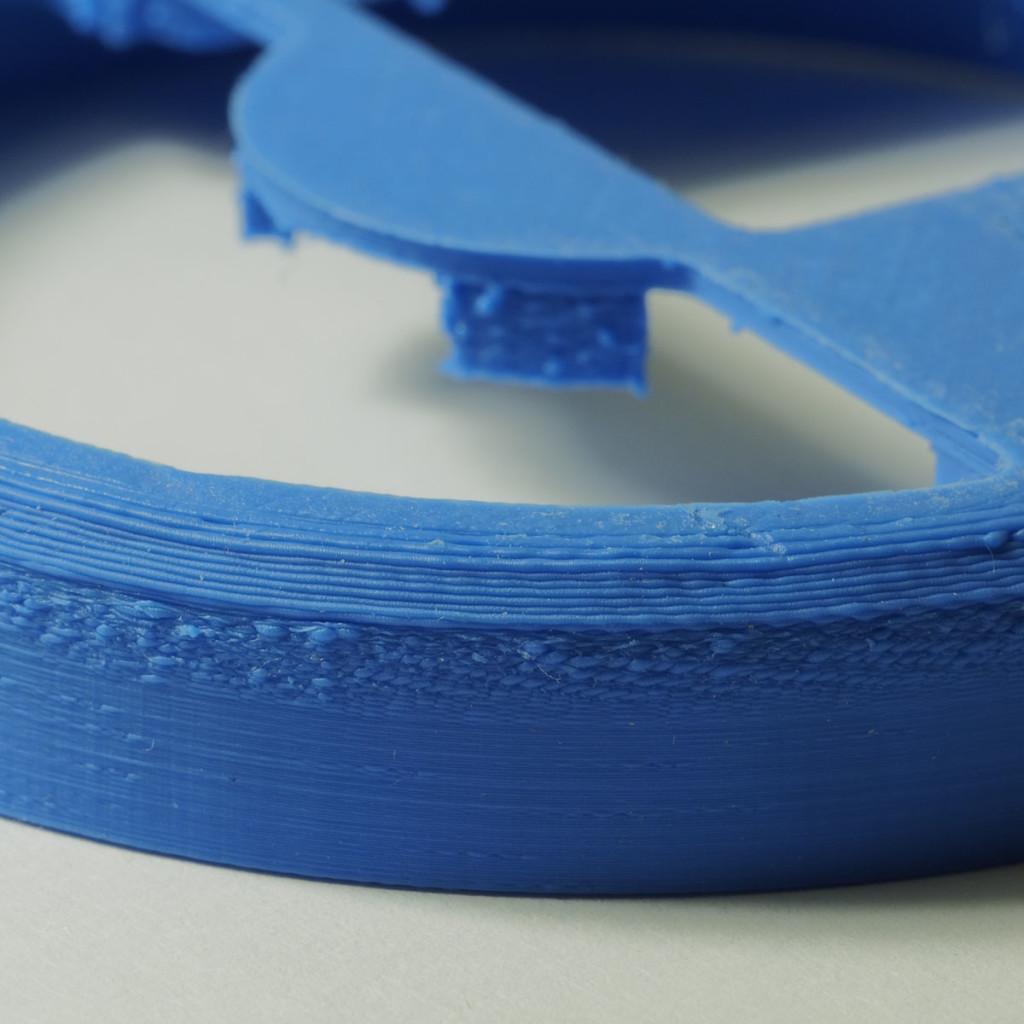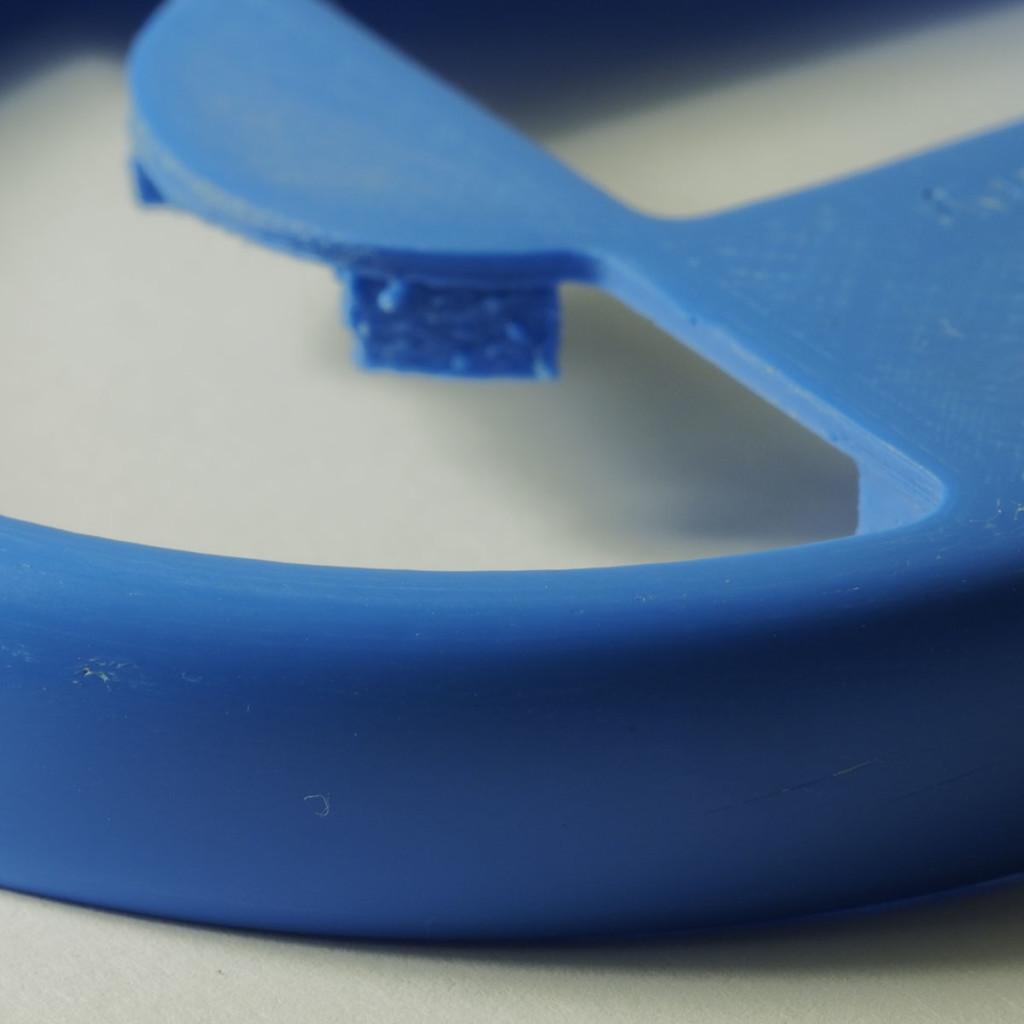When we speak about 3D printing, we spend much time on the design, modeling, and printing of our objects. But let’s not forget that in order to optimize your print job there’s also the prerequisite finishing of the print. This is no small part of an overall successful print. 3D printed objects are notorious for having stringy surfaces after printing, and fortunately there’s an easy way to handle this problem: sanding. Here’s an account of Arif Iftakher and Thomas Stillwell’s experience finishing a portable sensor controller for smart thermostats (Rumy). There are lessons here for everyone who wants to improve their overall print quality by finishing their prints in a more satisfactory manner.
Iftakher reports that a 1st generation Flashforge Creator he bought off Craigslist was not up for giving him the best print quality money can buy, so he decided that finishing the print well could compensate for any limits in the print job. It took him two hours and $25 (for sandpaper and polishing compound) to finish both of Rumy’s parts, but the results were worth it. All of Rumy’s parts were “sandable” since there were no creases or small angles requiring acetone, so the job was clean and safe.
Step One in this process is to begin with a good print. Iftakher gives a few tips here, including using a color of filament close to your print’s desired color to avoid heavy painting later. (The blue filament photos here are for the article, but the original Rumy was printed in black requiring no painting later.) Also, for the highest resolution you want to use the smallest layer height (0.1 mm or less) possible, especially on the first layer. Other tips include: start with the face plate upside down (for best surface finish); for ABS prints, clean the surface of your print bed with Kapton tape and (optional) IPA; always use a slower speed when you can; and print at 100% infill since sanding removes some of the print’s material.
When it comes to sanding your print, Iftakher recommends using about six gradually increasing grades of sandpaper (such as 100, 240, 400, 600, 1500, and 2000) and begin sanding your print with the larger grade paper to remove bumps and scratches. You can wash the print off several times and inspect it for missed scratches; if you miss these you may have to start over again.
Iftakher describes the sanding process as he moved from larger to smaller grit sandpaper:
“Initially the surface looked ashed. However once we started using paper with grit 600 and higher, the surface started to be cleaner and smooth. It was somewhat shiny with the 1500 grade sand paper. If done right, there will be no stringy texture (striations) on the surface at this point.”
You can see the difference in photos here. If you’ve achieved a level of smoothness that the Grit 2000 photo depicts, you may feel that your finishing work is done. Not quite. Do you want it to be a different color than the original filament? Well, then you have to paint your print, too. Iftakher recommends sanding with a minimal grit of 240 before you paint. Spray cans work great for this, providing you use proper priming and painting techniques, which can be found here.
Polishing is the last step in this finishing process, and you can do this simply by using a plastic finishing compound that will give your print a nice shine at the end. These steps should help you go from acceptable to spectacular when it comes to getting the most out of your 3D print jobs. Happy sanding! Discuss this technique in the Sanding 3D Printed Parts forum on 3DPB.com.
Subscribe to Our Email Newsletter
Stay up-to-date on all the latest news from the 3D printing industry and receive information and offers from third party vendors.
You May Also Like
Meltio Expands Global Reach with New Partnerships in the Americas and Europe
Spanish 3D printing manufacturer Meltio has expanded its sales network across the globe. With the addition of three new partners in the United States, Brazil, Argentina, and Italy, Meltio aims...
3D Printing Webinar and Event Roundup: April 7, 2024
Webinars and events in the 3D printing industry are picking back up this week! Sea-Air-Space is coming to Maryland, and SAE International is sponsoring a 3D Systems webinar about 3D...
On the Ground in Linares, Spain for the Meltio M600 Launch
As detailed in a previous post, metal 3D printer manufacturer Meltio launched its latest wire-laser metal deposition (LMD) machine, the Meltio M600, at its headquarters in Linares, Spain. There, I was...
Blue Laser-powered M600 3D Printer Launched by Meltio
Founded in 2019 as a joint venture between Additec and Sicnova, metal 3D printer OEM Meltio develops and manufactures high-performance and easy-to-use metal 3D printing solutions that use its patented wire-laser metal...


































